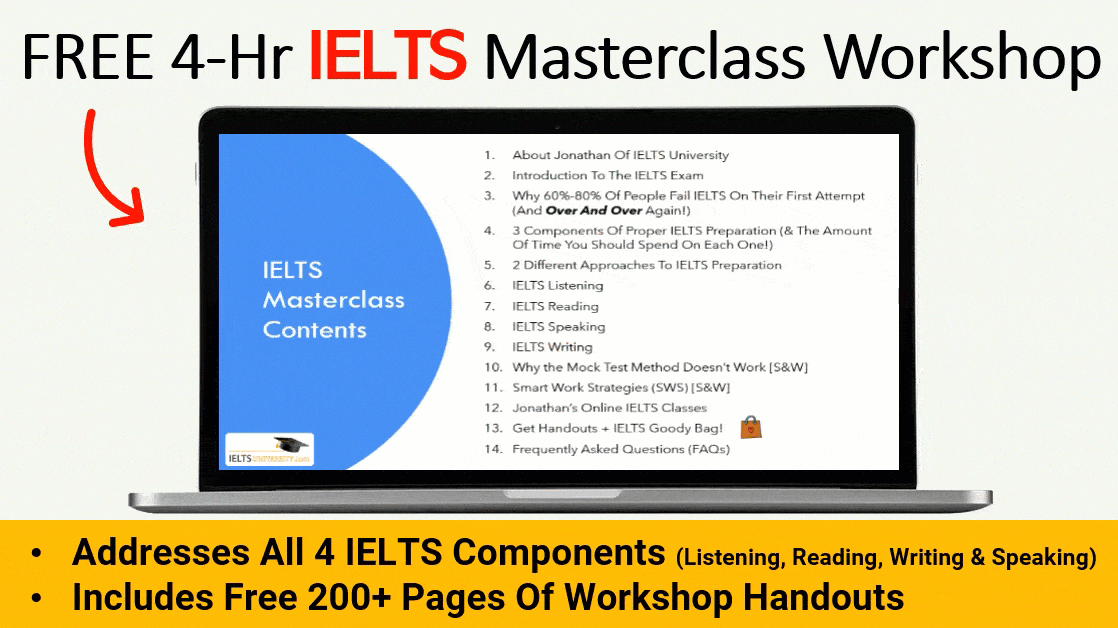Success on the IELTS Reading test depends on more than simply comprehending the content of the passages. To achieve your target score, it’s crucial to master the different question formats you’ll encounter. Each type demands a slightly different approach and understanding these differences is key to efficient and accurate answering.
Common IELTS Reading Question Types
- True/False/Not Given: Tests your ability to determine if a statement aligns with the text, contradicts it, or is not mentioned.
- Matching: Includes matching headings to paragraphs, people to theories, or features to items.
- Multiple Choice: Requires selecting the correct answer from several options.
- Gap-Fill: Completing sentences or summaries with words/numbers from the text. Forms include tables, diagrams, and short answer.
- Short Answer: Brief responses to questions, often based on locating specific information within the text.
Why Question Types Matter
- Focus Your Reading: Knowing the task allows you to scan for the right type of information, saving time.
- Accuracy vs. General Understanding: Some types demand pinpointing details, others a grasp of the overall text.
- Information May Be Paraphrased: Answers aren’t always verbatim quotes; recognizing a synonym is crucial.
Targeted Strategies by Question Type
- True/False/Not Given
- Trap: Statements may partially align with the text but contain subtle distortions.
- Keywords Matter: Focus on the subject, verbs, and any qualifying words (some, never, most, etc.)
- ‘Not Given’ is NOT the same as ‘False’: It means the text lacks information to confirm or deny.
- Matching
- Skimming is Key: Get a sense of the overall text theme, paragraph topics, or items being compared.
- Process of Elimination: Crossing off matches as you find them can prevent careless errors.
- One-to-One (Or Not): Pay attention to instructions – can each item be used multiple times, or only once?
- Multiple Choice
- Distinguishing Close Options: Often two choices will seem plausible; careful reading is vital.
- Logic Helps: Eliminate options that clearly contradict the text’s tone or main idea.
- Rephrasing is Common: Answers are rarely lifted verbatim; focus on the MEANING.
- Gap-Fill
- Grammar Cues: The surrounding words determine if you need a noun, verb, adjective, etc.
- Word Limits: Strictly adhere to the limits! A three-word answer means a longer one is automatically wrong.
- Types of Information: Gap-fills often test your ability to find dates, names, numbers, or technical terminology.
- Short Answer
- Instructions are Key: Note if answers must be complete sentences or if single words/phrases suffice.
- Direct Evidence: Answers should clearly link to a specific part of the text. Don’t speculate based on general knowledge.
- Paraphrasing Still Applies: Synonyms are fair game, ensuring you don’t simply hunt for the exact phrasing of the question.
Practice Makes Perfect
- IELTS Practice Tests: The best way to familiarize yourself with the range of question formats and their nuances.
- Analyze Mistakes: Did you misinterpret the question, focus on the wrong information type, or miss relevant keywords?
- Targeted Practice: If you consistently struggle with one type, seek additional practice focused specifically on that.
Additional Tips
- Instructions Matter: A few seconds reading these carefully prevents you from approaching the task incorrectly.
- No Guessing Penalty: Unanswered questions are marked wrong, so make an educated guess if time runs short.
- Order Isn’t Difficulty: Question order doesn’t always reflect difficulty; prioritize them based on your strengths.
- Answers Are IN the Text: Don’t rely on outside knowledge, even if it seems relevant to the topic.
Beyond the Test
The IELTS Reading tests your ability to extract diverse information types from complex texts. This benefits you in:
- Academic Research: Efficiently finding the specific details you need within lengthy articles or journals.
- Understanding Complex Instructions: Whether for a project or a new device, the ability to isolate key steps is valuable.
- Critical Thinking: Recognizing how information is presented in different formats enhances media literacy and decision making.
Remember: The IELTS tests both comprehension and your ability to adapt to varied tasks as you’ll need to in real-life English use. Dedicating practice to question type mastery increases both your score and your overall information processing agility.

